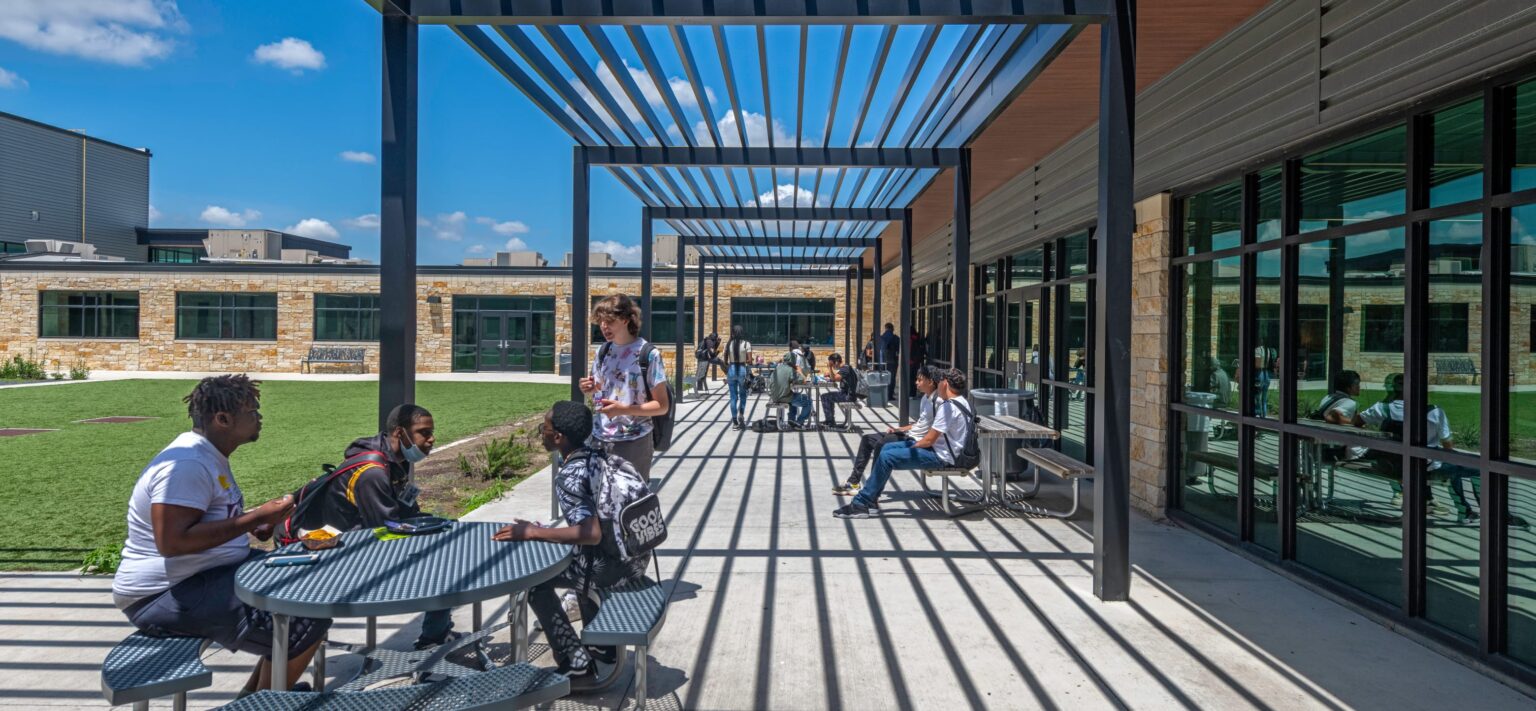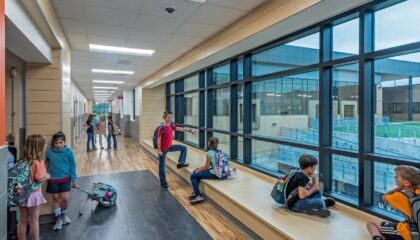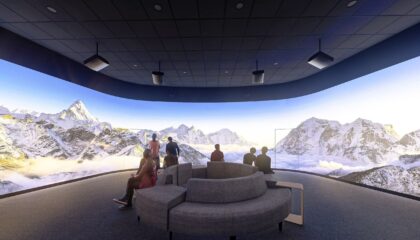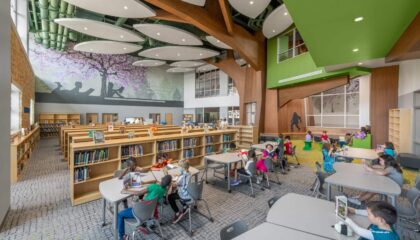Innovation
Architectural Design and Planning Innovation: Transforming Student Experience in Modern Schools

In the rapidly evolving landscape of educational architecture, the last several years have witnessed groundbreaking innovations that prioritize the holistic well-being and engagement of students. At the forefront of this transformation is an understanding that the design of educational spaces profoundly impacts students’ physical, mental, and social wellness, academic performance, future readiness, and overall engagement with the curriculum.
One of the pivotal shifts in school design has been the emphasis on creating multifunctional spaces that adapt to the diverse needs of students. Flexible learning environments that can be easily reconfigured support collaborative and individual learning experiences, catering to the unique learning styles and preferences of each student. This adaptability fosters a sense of ownership and agency among students, empowering them to take charge of their learning journey.
Biophilic design, incorporating natural elements and patterns into school architecture, has gained momentum for its proven benefits on students’ well-being. Exposure to natural light, green spaces, and organic forms has been linked to reduced stress levels, improved concentration, and enhanced cognitive function. By integrating these elements, schools not only create healthier environments but also inspire curiosity and wonder, fostering a deeper connection with the natural world.
Innovative design strategies also play a crucial role in promoting social interaction and community-building within schools. Open-plan layouts, communal areas, and strategically placed gathering spaces encourage collaboration, communication, and the formation of strong interpersonal relationships among students. These shared spaces act as catalysts for creativity and innovation, fostering a collaborative spirit that extends beyond the classroom.
Moreover, the integration of technology in school design has revolutionized the learning experience, equipping students with the digital skills and competencies required for the 21st-century workforce. Smart classrooms, interactive learning hubs, and state-of-the-art multimedia facilities facilitate immersive and interactive learning experiences, enhancing engagement with the curriculum and preparing students for a digitally-driven future.
Acoustics and sensory design are another area where innovation has had a significant impact on student well-being and academic performance. Thoughtfully designed acoustics, incorporating sound-absorbing materials and strategic layout planning, create quieter and more focused learning environments, reducing distractions and improving concentration levels. Additionally, sensory-rich spaces that stimulate sight, touch, and sound enhance sensory integration, benefiting students with sensory processing differences.
Safety and security have also been paramount considerations in modern school design, with architects employing innovative solutions to create secure yet welcoming environments. Incorporating features such as controlled access points, transparent sightlines, and secure outdoor spaces ensures the safety of students while preserving the open and inclusive nature of educational facilities.
In conclusion, the transformative power of innovative architectural design and planning in shaping the student experience cannot be overstated. By prioritizing holistic well-being, fostering engagement with the curriculum, and preparing students for the future, modern school designs inspire a love for learning and a sense of belonging among students. As architects committed to pushing the boundaries of educational design, we are dedicated to creating spaces that not only meet the functional needs of educational institutions but also enrich the lives of students, igniting their passion for learning and empowering them to thrive in an ever-changing world.
Sources:
- Barrett, P., et al. (2015). *Clever Classrooms: Summary Report of the HEAD Project*. University of Salford.
- Browning, W. D., Ryan, C. O., & Clancy, J. O. (2014). *14 Patterns of Biophilic Design*. Terrapin Bright Green LLC.
- Sailer, M., et al. (2017). *Acoustics and Learning Spaces: A Design Guide for Architects, Educators, and Facility Managers*. American Society of Acoustics.


